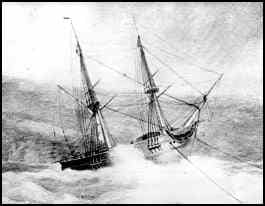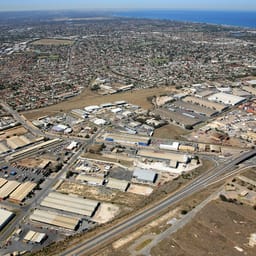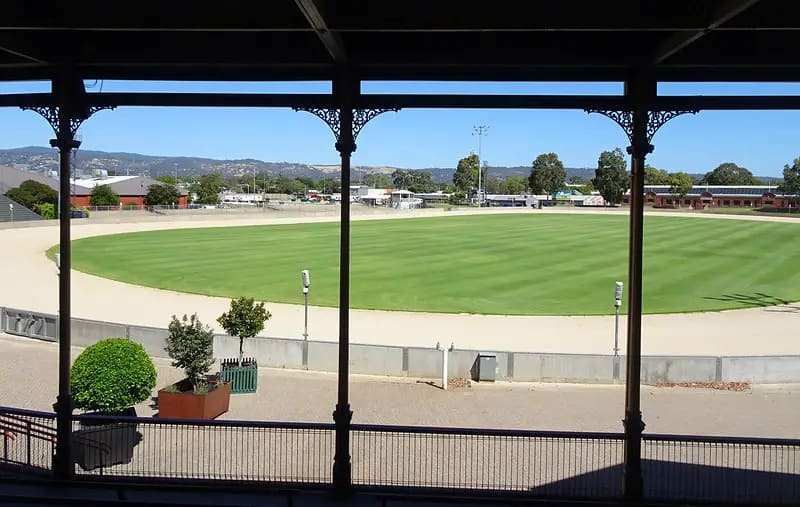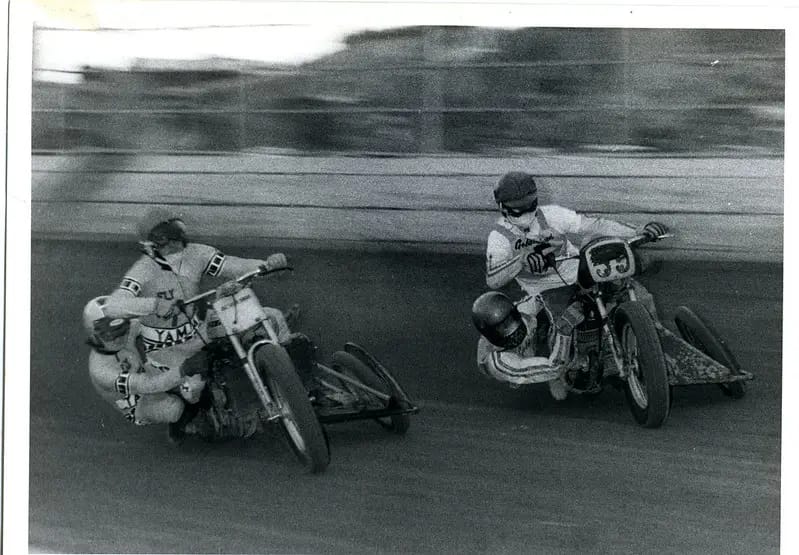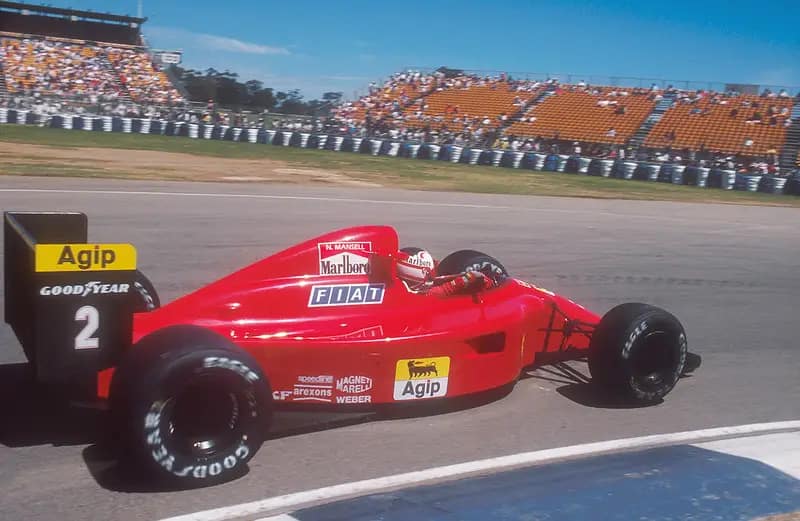When the three-masted Rapid sailed from Blackwall, London on May 1st, 1836, she carried not just passengers and supplies, but the hopes and ambitions of a brand new British colony—South Australia. Purchased by the South Australian Colonization Commissioners and refitted for survey and passenger transport, Rapid was the spearhead of the colonial survey mission led by Colonel William Light, who would go on to select the site of Adelaide and help lay the foundations of a city and a society.
The Ship and Its Purpose
Built in 1826 by Frederick Preston in Yarmouth, Rapid had originally plied the Mediterranean trade routes, voyaging to ports like Gibraltar, Trieste, Constantinople, and Odessa. By 1836, she was bought for £1,700 and retooled as a survey ship. A new deck was added to give passengers room for exercise, though the cramped 4’1” (1.25m) height between decks left little space for comfort.
The Rapid departed in close succession behind three earlier ships sent by the South Australian Company, but her mission was unique—she was charged with exploring and surveying the new colony to identify the best site for its capital.
Colonel William Light, appointed Surveyor-General, took command of the vessel. Aboard were 29 passengers, including assistant surveyors, labourers, seamen, and family members, along with Light’s common-law wife, Maria Gandy, and her younger brothers. The ship arrived at Kingscote, Kangaroo Island on August 20th, 1836, completing the journey in a remarkable 114 days—faster than any other emigrant ship that year.
The Passengers
The voyage of the Rapid was not just a colonial mission—it was a human story. Among the notable passengers were:
- Colonel William Light, Surveyor-General and commander
- Lieut. William G. Field, R.N., first officer and later acting commander
- Lieut. William S. Pullen, second officer and future admiral
- Lieut. Robert Hill, third officer
- Dr. John Woodforde, surgeon and one of the colony’s first doctors
- Maria Gandy, Light’s partner
- William Jacob and William Claughton, assistant surveyors
- William Bell, William Bradley, Mrs. Bradley, Robert and Robert Bruce Buck, and many others
The crew of 13 seamen was supported by a handful of emigrants and skilled labourers whose contributions were crucial to the survey mission. Some of these individuals, such as Dr. Woodforde, remained in South Australia for life, leaving descendants who remain to this day.
The Survey Mission and Exploration
After arriving at Kangaroo Island, the Rapid became the mobile base of operations for Light’s extensive survey work. The ship and her crew explored the Gulf St Vincent, Port Lincoln, Nepean Bay, Holdfast Bay, Rapid Bay, and ultimately the Port River, which Light discovered on November 20th, 1836.
On December 18th, after exploring Port Lincoln, Light returned to the Port River and made the overland trek to the banks of the River Torrens—selecting the future site of Adelaide. From that point, the real work of building the city began.
Dr. John Woodforde’s diary offers a vivid account of those early months, including brutal hikes, swarms of mosquitoes, and stifling heat. “A more unpleasant and fatiguing walk I never remember,” he wrote after a hunting trip on Kangaroo Island.
The Rapid‘s Later Years
The Rapid continued to play a vital role after Adelaide’s founding. In February 1837, she sailed to Sydney to collect horses for the colony. Then in June, she set out for England with Deputy Surveyor George Strickland Kingston aboard, carrying South Australia’s first export cargo—150 tons of sperm oil.
She returned to Adelaide in June 1838 and participated in the first Port Adelaide regatta in September. After being deemed too costly by Governor Gawler, the ship was sold in 1839 to a private partnership, including the SA Company. Under her new owners, Rapid traded between Launceston and Sydney, supporting South Australian whaling and agricultural operations.
The End of the Rapid
In December 1840, Rapid left Sydney bound for China, but disaster struck on January 14th, 1841. In need of fresh water, she was forced inshore and wrecked on a coral island near Rotuma (modern-day Fiji). Though all aboard were rescued by Capt. Joseph Underwood of the whaling barque Avon, the local islanders appropriated much of the ship’s cargo and valuables.
Legacy and Recognition
The Rapid holds a unique place in South Australian history. A painting of her by Doreen Bice is held in the South Australian Maritime Museum, and she lends her name to Rapid Bay, where she once anchored. An anchor discovered at the bay is believed to be from the Rapid, a silent relic of those early years.
Many descendants of Rapid passengers still live in South Australia. At the 1936 centenary, names like Dr. Helen Mayo, Miss Emily Penton, and Mr. Alfred Barker appeared among the listed descendants. Their presence attests to the generational impact of this one voyage.
Conclusion
While she may not have been the first ship to South Australian shores, Rapid was arguably the most significant. She carried the very team responsible for choosing the site of Adelaide, and under Colonel Light’s vision, began the structured survey and development of the new colony. Her story is not just of sails and sea, but of vision, endurance, and the foundation of a city that still thrives nearly two centuries later.
